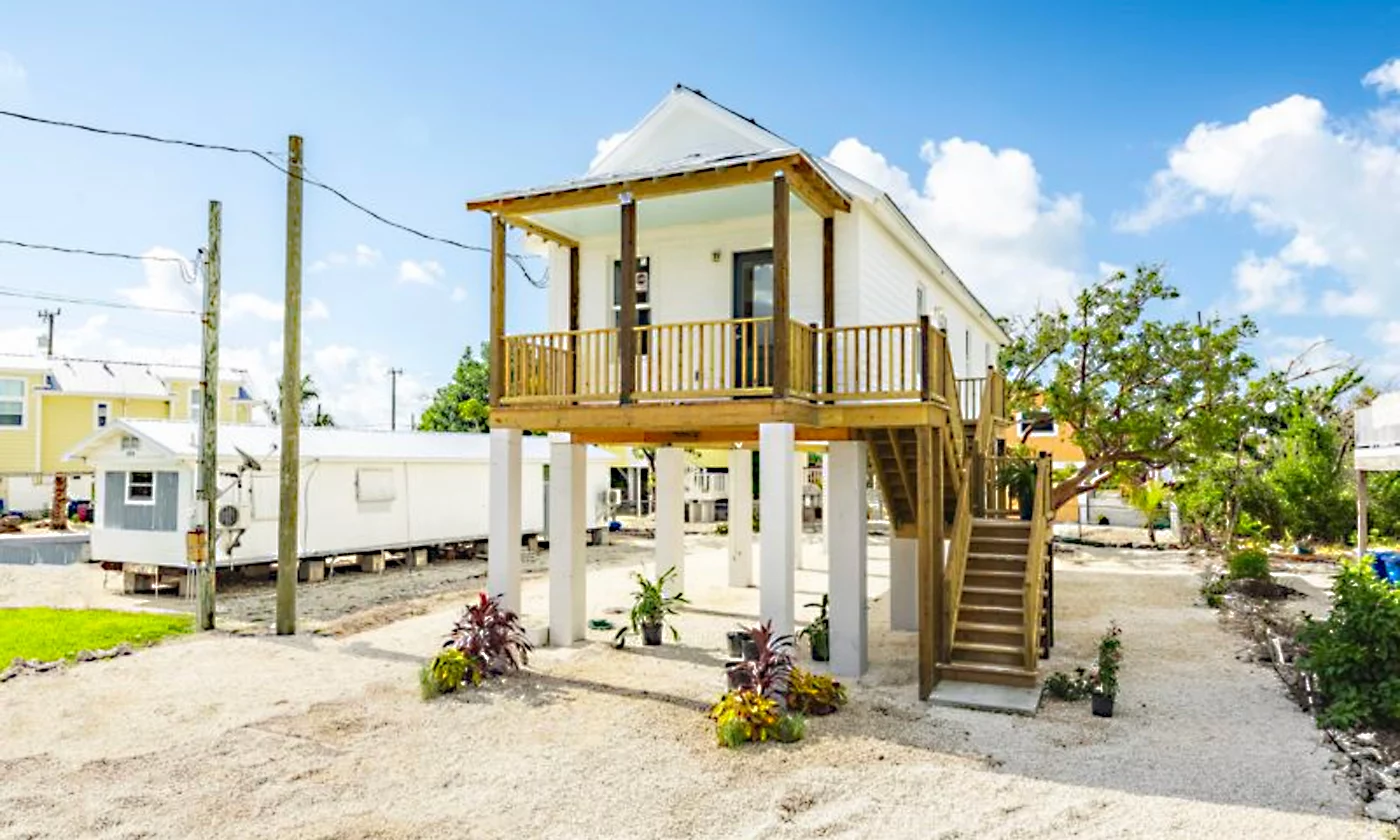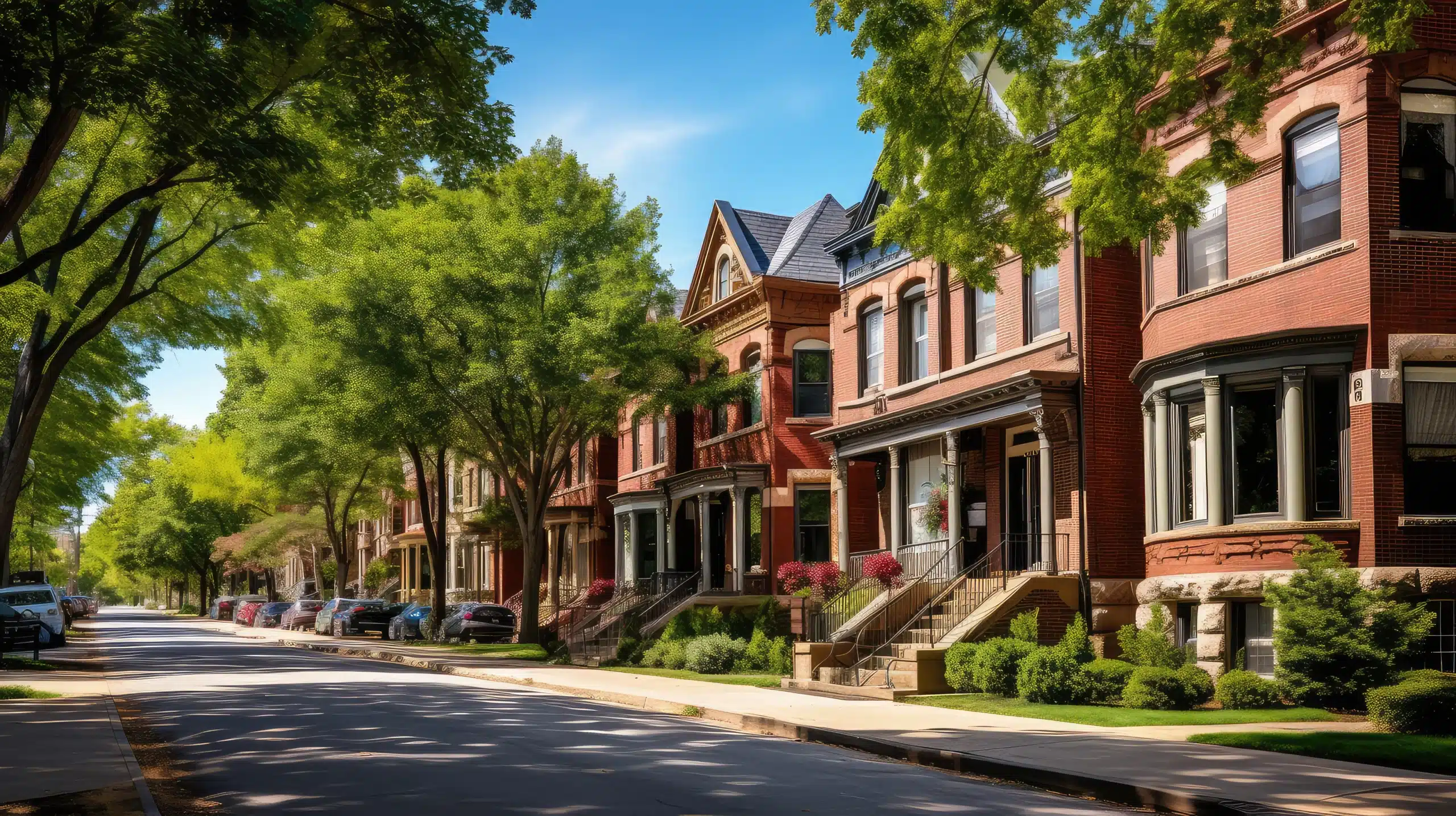How one architect used the principles of hip-hop to uncover buried histories of Syracuse’s 15th Ward
Beneath the steel underbelly of the I-81 overpass in Syracuse, there is only asphalt and weeds exactly where a community once hummed with life.
In which Upstate University Medical center overlooks the highway is the place minor Marie Kearse’s parents’ property was, with pink shingles and painted inexperienced. Exactly where Madison Avenue cuts as a result of the middle of the hospital’s campus, young Marion Ervin utilized to sift by means of his neighbor’s junkyard for textbooks. And yet another child, Richard “Rich” Breland, utilized to wander East Adams Road to East Taylor Street and beyond with his Brownie camera, snapping photographs of existence in the 15th Ward.
The neighborhood was razed in the ‘50s and ‘60s to make way for I-81, and many of the 15th Ward people moved into housing models constructed future to the overpass. Today, Syracuse is shifting ahead with options to lower the highway and swap the present community housing with new, combined-income structures.
The historic parallel was not misplaced on Sekou Cooke, an architect and former assistant professor at the Syracuse College College of Architecture. A great deal of his operate brings together record with new architectural layout, so he determined to switch his eye to Syracuse.
Cooke developed a conceptual blueprint for new blended-money housing and named it “15-81,” a reference to the Ward 15 and I-81. The job was commissioned by the Museum of Modern-day Artwork in New York Metropolis and is now on exhibit in the Everson Museum of Artwork by Aug. 21. It consists of 2-dimensional renderings of structures, a product, a Syracuse stoop and historic artifacts.
Cooke’s 3-dimensional design of 1 of the properties in his blueprint likely does not search substantially like something in “Blueprint 15,” the city’s unreleased actual plans, reported the architect.

A picket product provided in architect Sekou Cooke’s exhibit “Sekou Cooke: 15-81” at the Everson Museum of Art. Jules Struck
His blond wooden model sits on a white pedestal in the Everson, which by itself sits on the 15th Ward land, and was developed about the exact same the overpass went up. The design is a regular five-story making, much more or considerably less a tall cube. But there is a major chunk carved out of the decrease floors, in the condition of a house. Up near, it is a balconied courtyard covered by a vaulted overhang.
For his design, Cooke loosely layered the unique the 15th Ward developing designs beneath the options of what is there now, like Pioneer Homes and McKinney Manor, all beneath a mock-up of a standard mixed-revenue housing program.
“There’s actually several levels,” explained Cooke. “It’s actually excavating as substantially of that record as achievable and intersecting it all.”
What is still left are coated courtyards in the mold of gabled roofs, verandas that reference the coated porches wherever people utilised to great off in the evenings and cobblestones that mimic the footprints of previous residences.
This procedure is named “hip-hop architecture,” and it is a specialty of Cooke’s. In the very same way that hip-hop musicians have sampled and layered other musicians’ tunes into their personal, Cooke is layering and sampling the buildings of the previous into new models.
“I wrote a total guide about it so I wouldn’t have to describe it so much,” he mentioned, talking about Zoom from his dazzling studio in Charlotte, North Carolina. His reserve, “Hip-Hop Architecture,” was posted in 2021.
“I guess the brief, Reader’s Digest variation of it is that it is hip-hop tradition in constructed sort,” he stated. The concept was initially shaped by artist Nathan Williams, who presented about it in 1993 for his thesis at Cornell College. Cooke was 6 a long time below him.
The issue of his 15th Ward designs is to avoid “just a new distinct-cutting of a internet site … as if absolutely nothing was ever there right before,” said Cooke.
And actually, claimed Marie Kearse, who lived in the 15th Ward with her family until finally she was 22, “everything was right there.”
Kearse lived in a inexperienced, two-story house at Renwick Location until eventually the metropolis seized it by eminent area. Her grandfather planted vegetables in the yard in the summer season. Her dad and mom would check out her perform in the middle of the avenue with her friends following dinner.
There had been barber shops, corner merchants, dining places, several groceries, a boy’s and girl’s club, butcheries, bakeries, bars, church buildings, parks and Dunbar Centre, a community centre now in the coronary heart of Southside.

George Hayden outdoors of Hayden Grocery Keep on McBride Avenue. Picture courtesy of Everson Museum of Artwork
“They tried to say that it was run down, but there ended up a good deal of good residences there,” said Kearse, who now lives in Boston.
Some components of the 15th Ward have been run down, mentioned Carolyn Jackson, another former resident, who now life in Nob Hill. But most obtained by easily plenty of in the uncommonly close-knit local community, which was greater part Black individuals and individuals of coloration who had been redlined into the community.
“There were weak people today,” said Jackson. “And there have been some pretty wealthy Black folks dwelling in 15th Ward, let me explain to you.”
Jackson made use of to wander to Central Large University in the mornings with all her mates, and immediately after college would satisfy them at the Dunbar Middle, the neighborhood heart that now sits in the coronary heart of Southside. From time to time they’d go for sodas at the community drug retailers.
“People lived. They experienced excellent life, good relationships. And I’m happy it was a section of my background,” she reported.
Building of the I-81 overpass coincided with Syracuse’s 1957 In the vicinity of East Aspect Urban Renewal Undertaking, which targeted 101 acres of the town, largely in the 15th Ward. Amongst 1,300 and 2,300 family members ended up displaced.

Design of the I-81 overpass in 1966. Photograph courtesy of the Everson Museum of Artwork.
“When (I-81) came by means of, it just destroyed our local community,” said Jackson.
“You know, I missed it.”
Everson staff members loaded in some of Cooke’s show with historical images of the 15th Ward people and outdated newspaper clippings. A whole lot of these documents arrived from the Onondaga Historical Association and from a mysterious box of newspaper clippings about I-81 and urban renewal jobs that were being located and ordered by a museum staff members member at an estate sale a few several years in the past.
The museum is also placing out a call for the 15th Ward residents’ tales and photographs to put faces and names to a neighborhood that was bulldozed a long time ago
“It’s all about understanding what arrived ahead of exactly where we are now or what we’re accomplishing now,” explained Assistant Curator Steffi Chappell.
“I hope that this can just assist individuals … know that what ever takes place (with I-81), it’s going to toss a large amount of life into turmoil.”

Females stand near a car in 15th Ward. Image furnished by Everson Museum of Artwork.
Marion Ervin made use of to dwell on Madison Avenue. His family members was one particular of the to start with to bounce on purchasing a home exterior of the 15th Ward when city renewal arrived through. Ervin however owns that residence.
His initial home was the 2nd ground apartment of a two-story following to a junkyard in the 15th Ward. Ervin used to observe speaking Russian with the proprietor of the junkyard, who would permit Ervin pick by the books that came into the property.
It was not perfect, mentioned Ervin. His moms and dads moved to a duplex house with a lawn in entrance and out back again in 1962, and it felt like a move up, he explained.
But lifestyle in the 15th Ward was fantastic. His pals ended up normally shut, and at times they stayed out late.
“Be out at midnight, you could do just about anything you wished,” he stated.
“It was enjoyment.”
Know someone who has a story to share about daily life in the 15th Ward? Make contact with Jules Struck at any time at [email protected] or on Instagram at julesstruck.journo.







